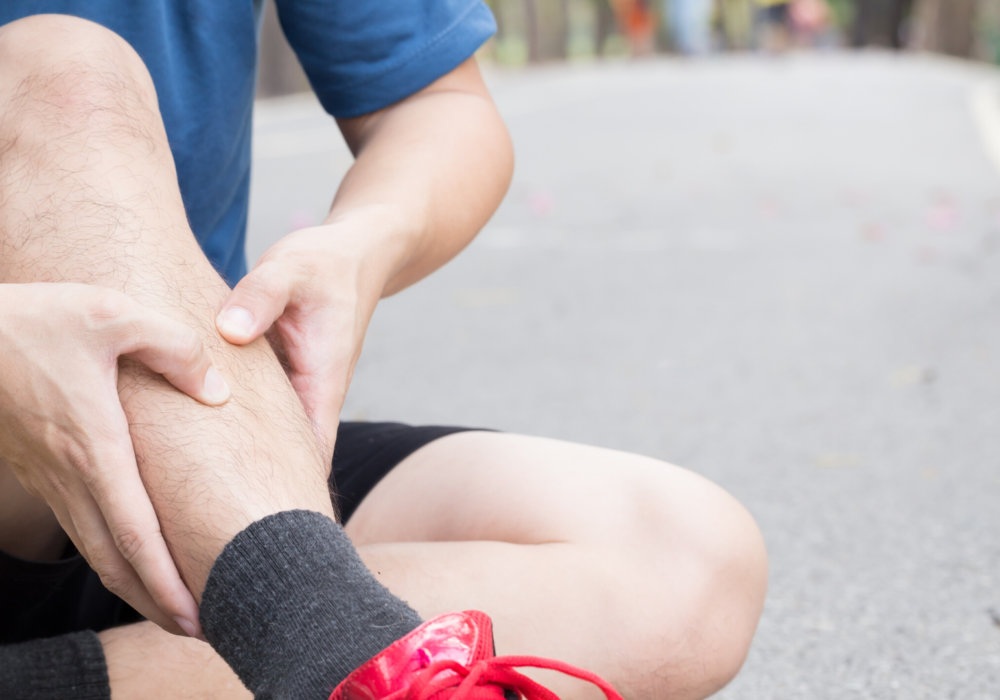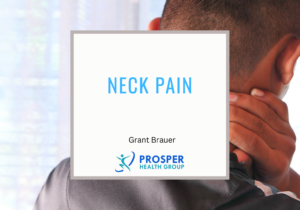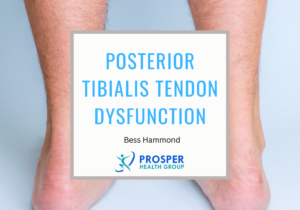Our Colac Podiatrist is back to look further into Shin Splints in part 2 of our shin pain series.
This week we’re concentrating on anterior shin pain which is more on the front, outside part of the shin.
This goes by a few different names but the most common diagnosis used is Chronic Exertional Compartment Syndrome (CECS for short). It also goes by lower leg overload, biomechanical overload syndrome and anterior compartment syndrome to name a few!
How does it present?
This generally affects runners and those playing sports that require running (think AFL, soccer, netball etc). Pain presents on the front, outside section of the shin and will get worse the longer you are performing the aggravating exercise. Some people report a loss of power, perhaps not being able to kick a ball as far once it has flared up.
Why does it happen?
The popular theory has been that the pressure within the muscle compartment elevates with activity and causes pain. Basically, the muscles are too big for the space they are held in.
This has been tested for years via performing an intracompartmental pressure test, where basically needles are inserted into the region and pressures measured. In more recent times there has been doubt cast over this common test as many people with no symptoms also record higher intracompartmental pressures when exercising.
How do you fix it?
Historically, when conservative therapies have failed, surgery has been performed to depressurise the compartment. This is called a fasciotomy. These have mixed results long term and should absolutely be considered as a last resort.
Conservative care consists of identifying the main factors that lead to the condition and systematically ticking them off. This could be one, or many, of the below options.
- Activity changes (de-loading the shin in the short term)
- Footwear changes
- Change to the way you run (gait retraining)
- Foot orthotics
- Leg strengthening exercises
- Flexibility exercises
- Manual therapy to help symptoms settle (Like dry needling and ankle mobilisation)
- Referral to other healthcare practitioners for more help!
If you’re having trouble with shin pain and want to get on top of it get in contact today so we can help you out!




